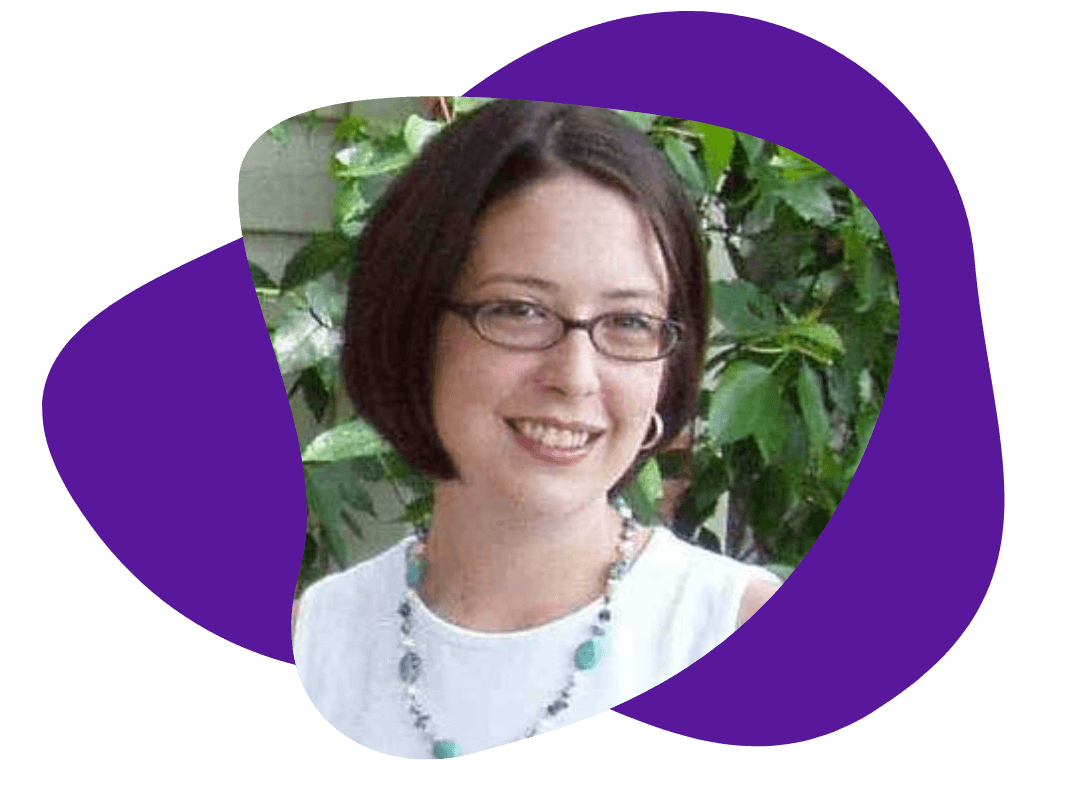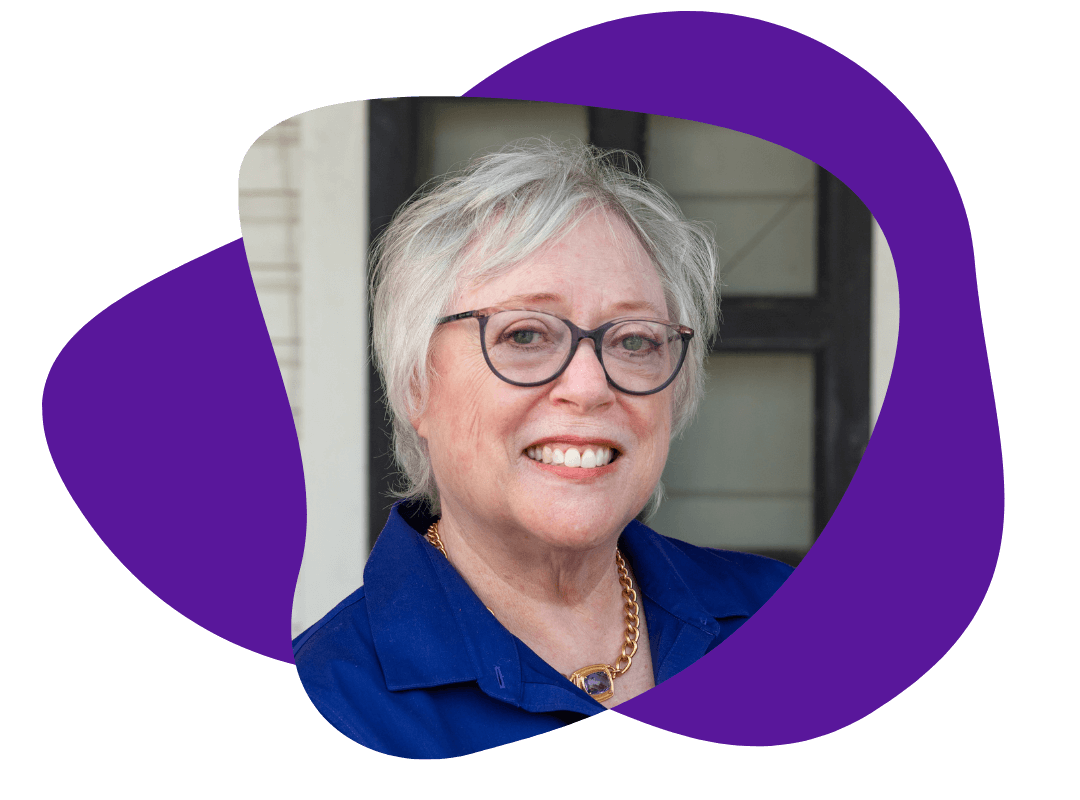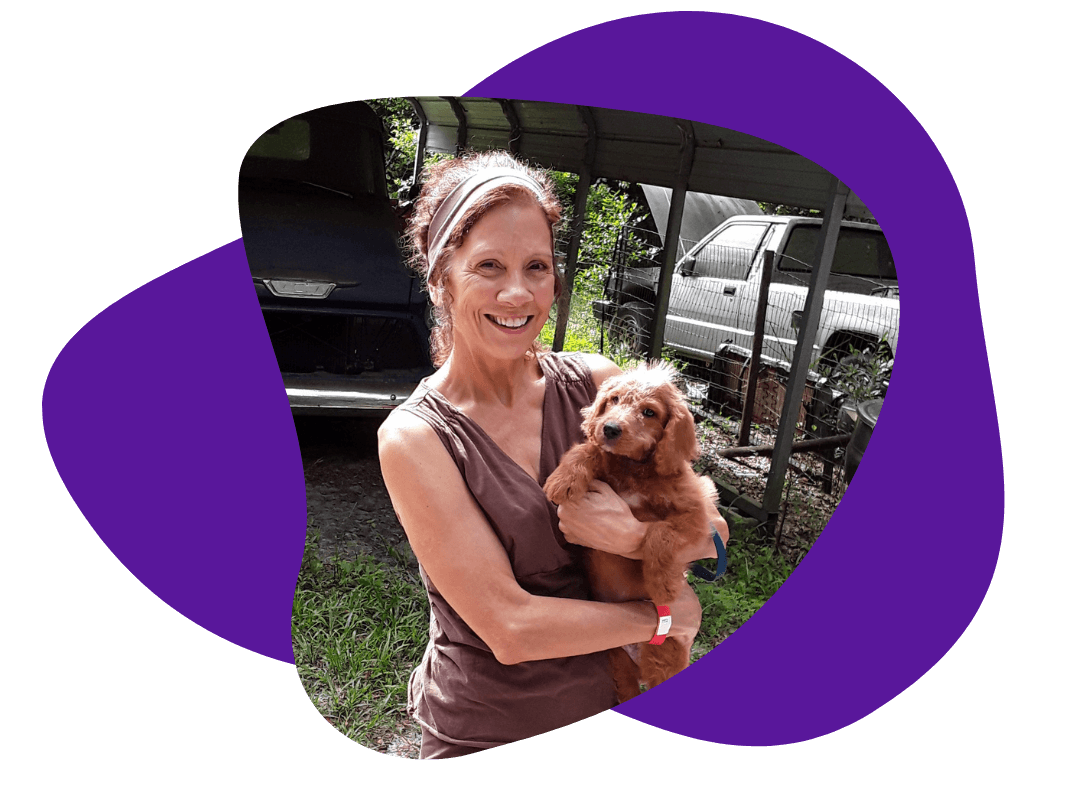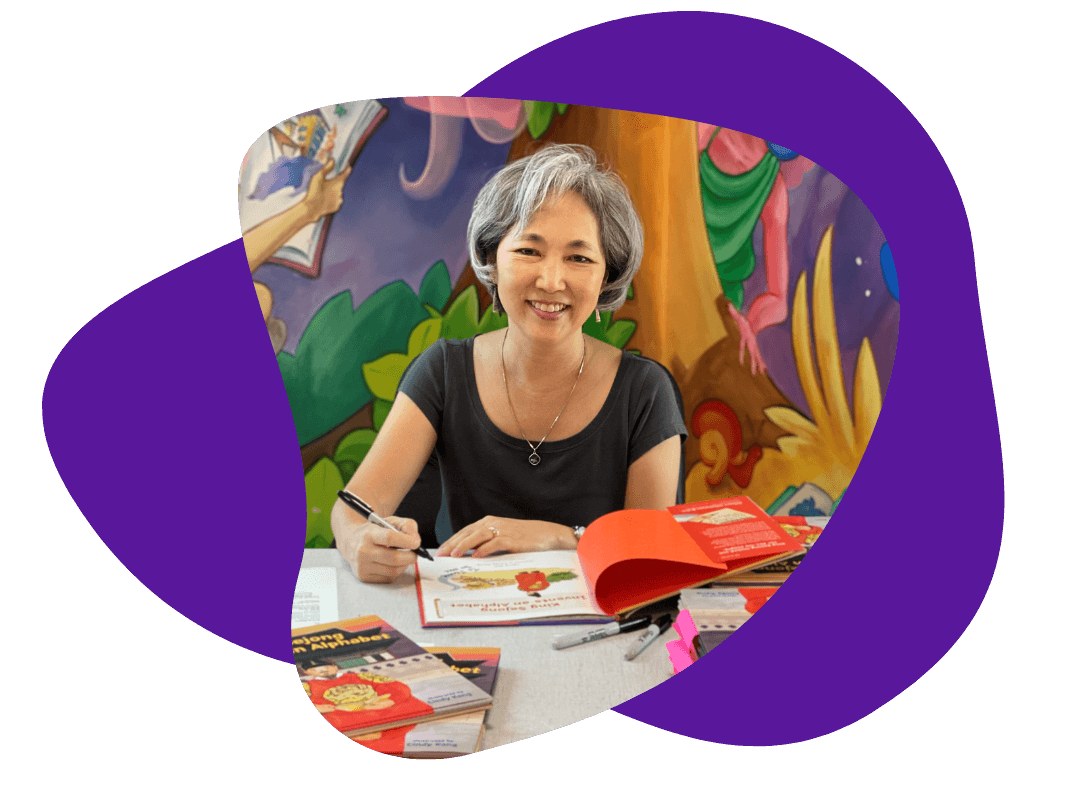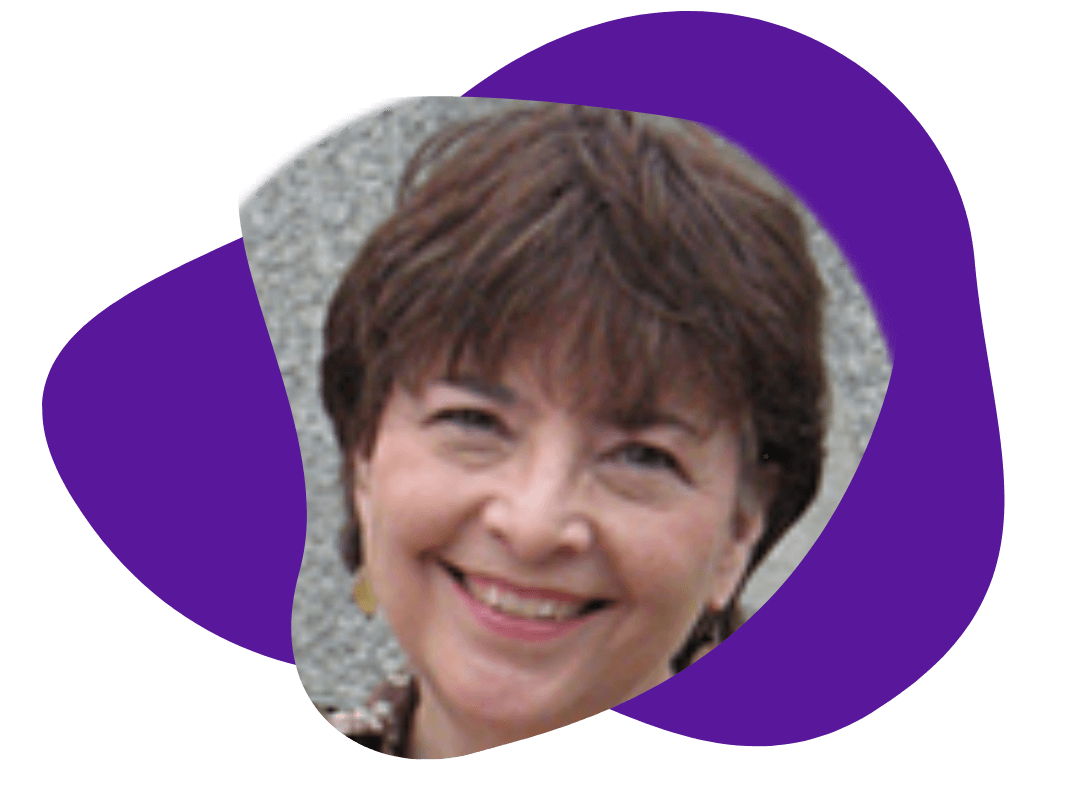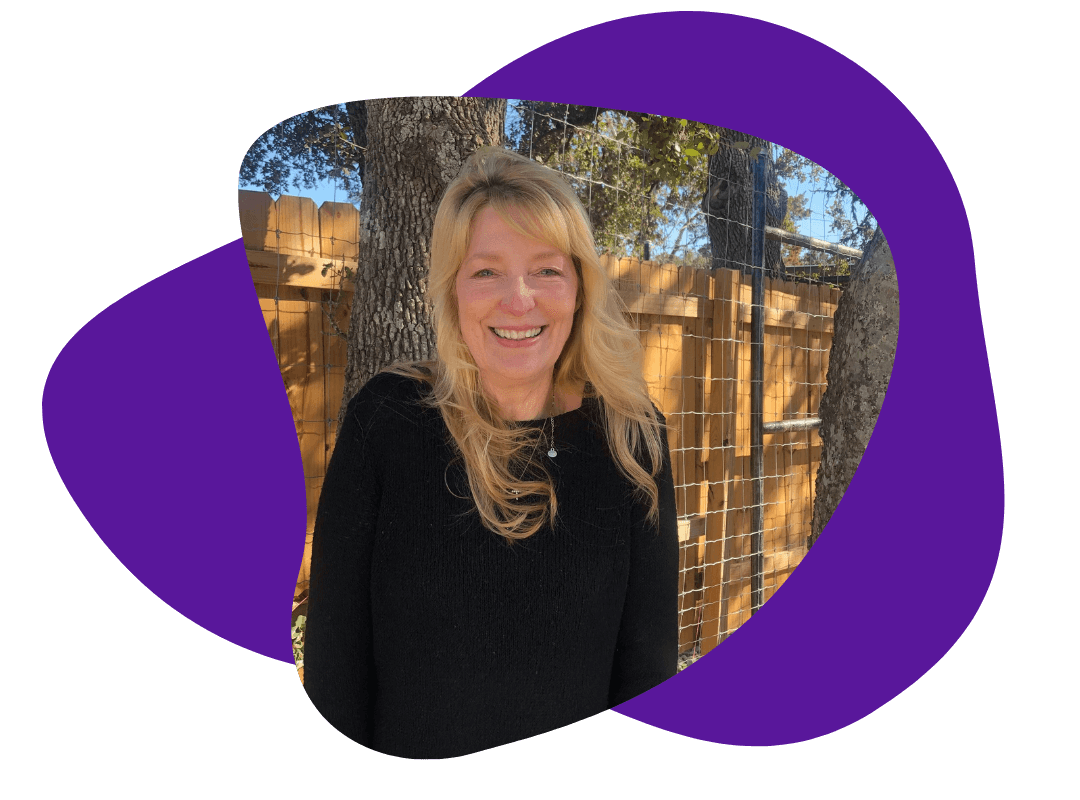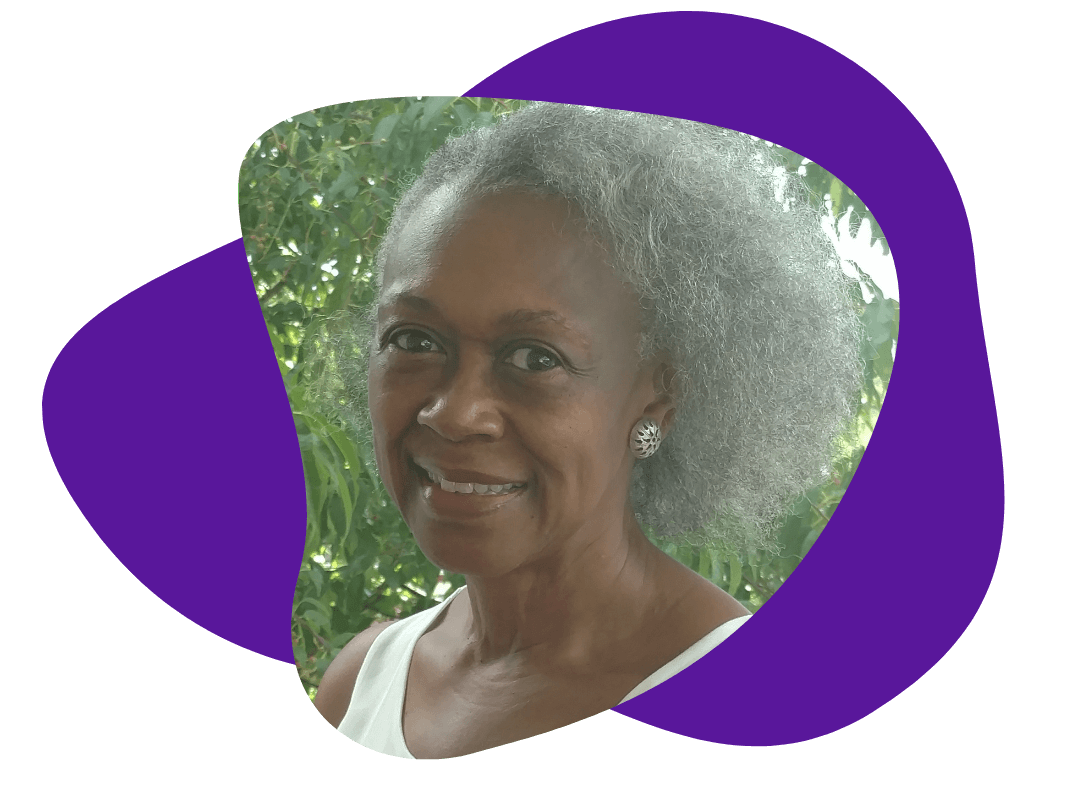Unearthing the Past: Fascinating Family Histories From The Writers For Hire
February 19, 2025
Every family has a story, and as the resident genealogist at The Writers For Hire, I love uncovering the hidden gems buried in the past.
Recently, I had the privilege of delving into the rich tapestry of our own team’s family histories. Through interviews with my colleagues, I uncovered stories of resilience, adventure, and unexpected lineage discoveries.
In this blog, I share some of the most intriguing snippets from our own ancestries—tales that highlight the diverse backgrounds and experiences that have shaped our team. Whether you’re a genealogy enthusiast or simply enjoy a good family mystery, these stories might inspire you to explore your own roots!
When Family Lore Takes a Drainage Ditch Detour
Peter Albrecht once found himself tumbling down a research rabbit hole, sifting through Hungarian WWII reports and obscure blogs in search of any trace of his grandfather, who had served with the Hungarian Airborne Forces during the war. After hours of digging, he finally came across a mention of the man—but it was hardly the heroic discovery he had hoped for.
According to the translated passage, his grandfather had been so disliked by the men under his command that they named a drainage ditch after him. The account read:
“The era of this narrow-minded officer has been ended by his own men, when all of the surviving officers of the PEU resigned from further airborne service and left the unit. This, two deadly parachute accidents, and a case of unlawful use of a military vehicle ended the reign of Captain Labancz in August 1941. The only mementos of the Labancz-era were the drainage channels of the airfield, dug by the veteran paratroopers in the summer heat, on orders of the Captain, and named in ‘loving’ memory after him.”
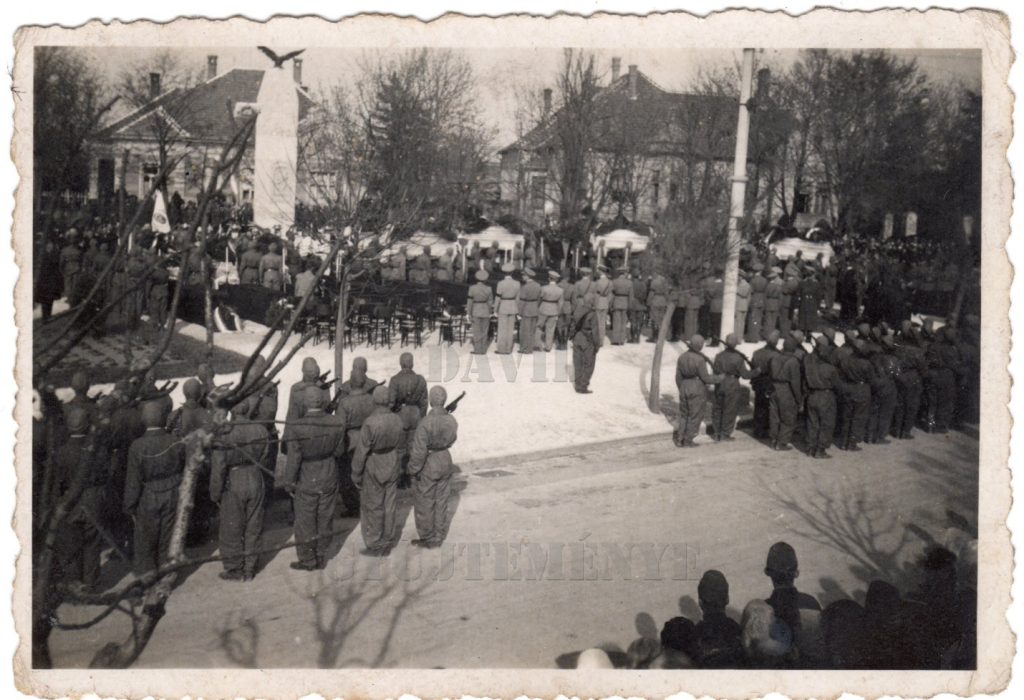
Not exactly a legacy of wartime heroics, but certainly a colorful chapter in Peter’s family history—one he owed entirely to the wonders of online research.
From the Skies to the Stanzas
Rosalind Stanley’s grandfather, Richard Eberhart, led a life as rich and expansive as his poetry. During World War II, he served as a Navy air gunnery instructor, and years later, he held the esteemed title of Poet Laureate under President John F. Kennedy.
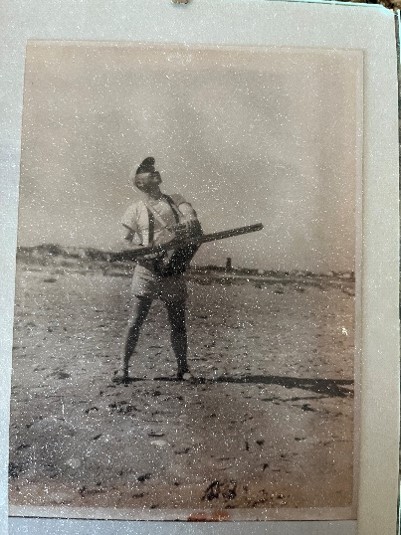
Eberhart’s journey was one of intellect and adventure. He earned degrees from Dartmouth and Cambridge, tutored the King of Siam’s son, and traveled the world before becoming one of America’s most celebrated poets. His work, known for its raw emotion and deep reflections on life, death, and time, garnered both a Pulitzer Prize and a National Book Award, along with a role as Poetry Consultant to the Library of Congress.
Yet, his path to literary greatness was not without hardship. At 18, he lost his mother to cancer, and soon after, his family faced financial ruin when his father lost his job.
These struggles deeply influenced his poetry, shaping works like The Groundhog and Orchard. Despite these setbacks, he built a lasting legacy as both a poet and a professor at Dartmouth, inspiring generations of writers. His work endures as a poignant exploration of the human experience—capturing both its beauty and its sorrow.
A Front-Row Seat to History
Stacy Clifford’s grandfather is captured in a photograph outside the Queen Theater in Galveston, Texas. If you look closely at the marquee, it reads Laughing Lady—a clue that led Stacy to an intriguing discovery.
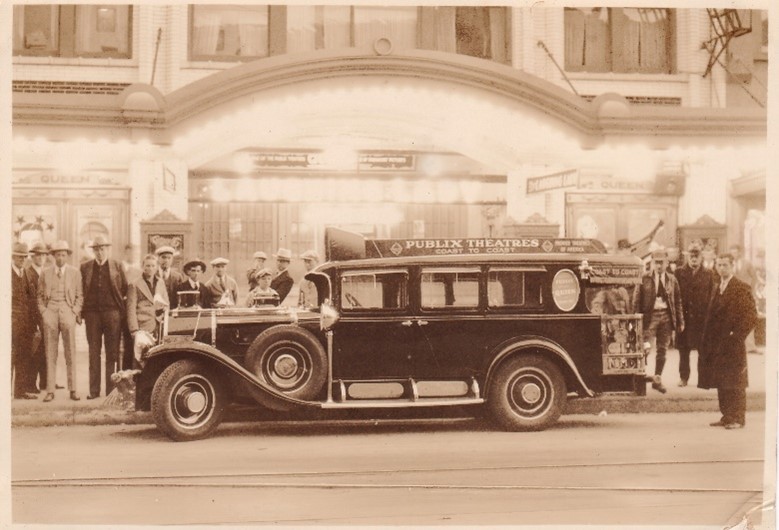
The Queen Theater was the first in Texas to show a talking picture, and The Laughing Lady, which debuted in 1929, was that very film. Stacy believes his grandfather is the man standing just behind the hood of the car, to the left of another man holding a young boy. If he stepped inside to watch it, he would have been among the first Texans to experience a talkie.
Years later, Stacy tracked down a copy of the film as a Christmas gift for his father. Let’s just say… it wasn’t exactly an Oscar contender.
His grandfather’s life, however, was far more remarkable. He survived the Great Galveston Storm of 1900 and served stateside in the Army during both world wars. Though he passed away before Stacy was born, his legacy endures through family stories and the pieces of history he unknowingly left behind.
The Man Who Nearly Missed History
Shelley Carpenter’s maternal line, like nearly two million other Americans, traces its lineage back to Mayflower passenger John Howland—a man whose survival was nothing short of miraculous.
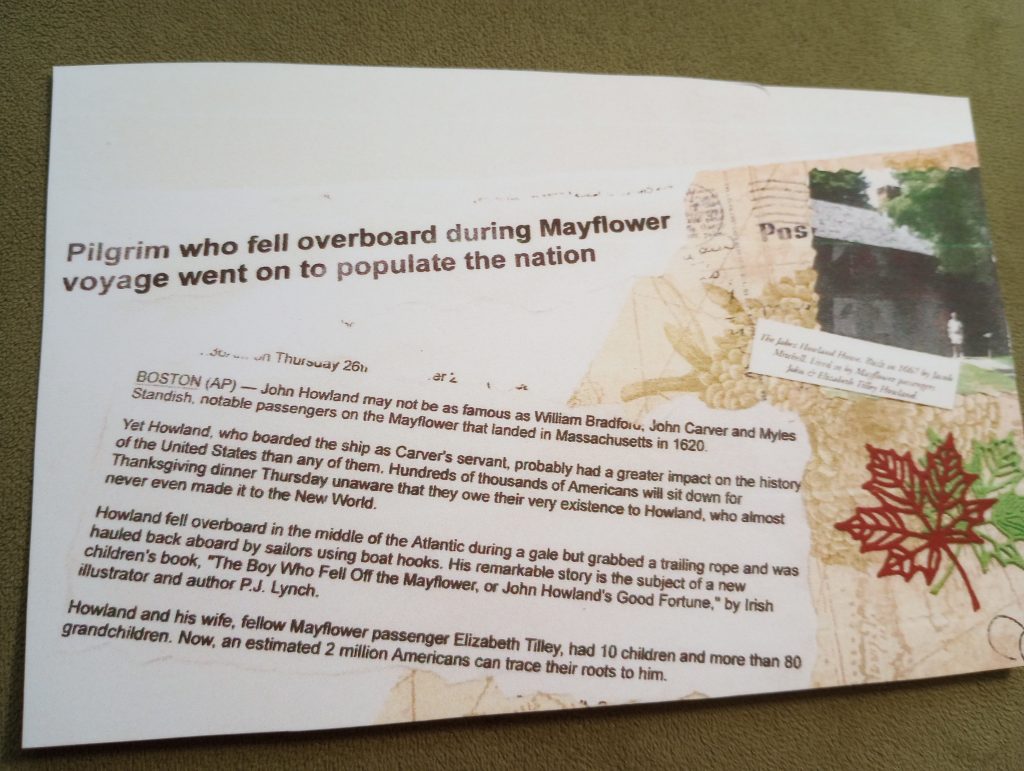
During the perilous voyage across the Atlantic, Howland found himself on deck in the midst of a storm, despite not having permission from his master, John Carver. As fate would have it, he was swept overboard. In a remarkable stroke of luck, he managed to grab hold of a trailing rope just in time.
The ship’s crew quickly pulled him back on board, saving his life—a dramatic twist of fate that his descendants often joke seems fitting for their family.
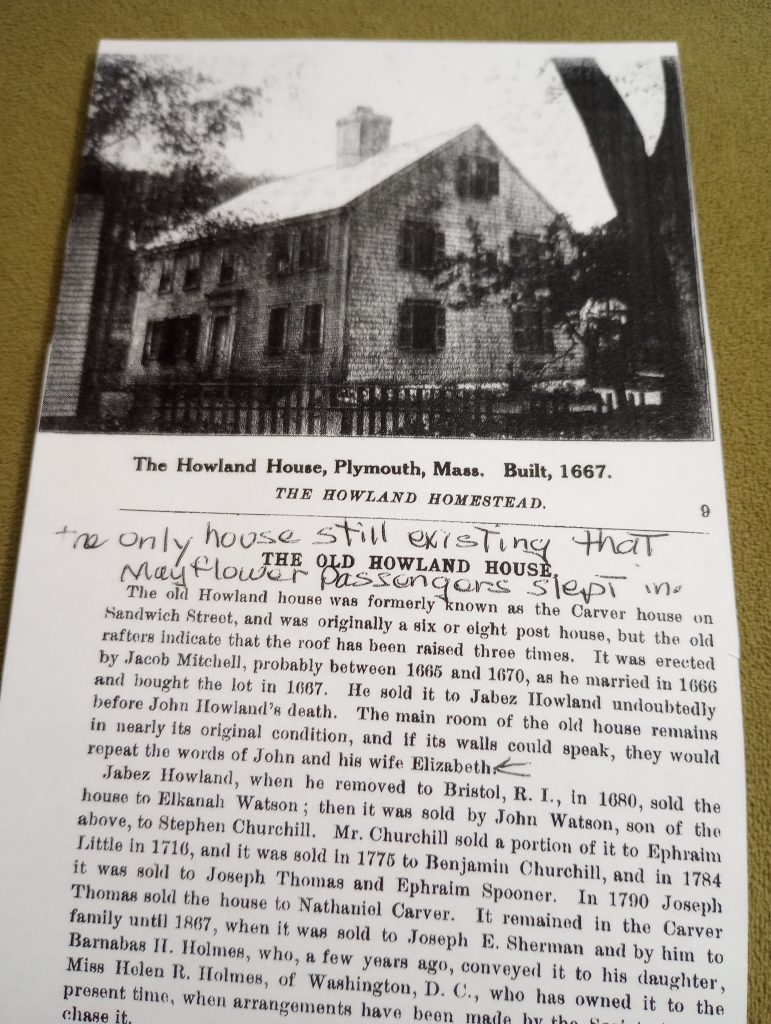
After arriving in the New World, Howland went on to marry fellow passenger Elizabeth Tilley. Together, they had ten children and more than eighty grandchildren, securing their legacy as one of America’s most prolific founding families. Their home in Plymouth still stands today, holding the unique distinction of being the only surviving house where Mayflower passengers once lived.
It’s remarkable to think that one near-death experience altered the course of history, shaping the lives of millions of descendants—including Shelley’s own family.
Resilience, Identity, and the Immigrant Experience
Barbara Adams holds a treasured photograph of her grandparents, great-grandmother, and baby Aunt Clara, taken in Moldova between the two devastating Kishinev pogroms that targeted the Jewish population. Thankfully, the family immigrated to the United States before the second wave of violence, but the photo captures a fleeting moment of stability and resilience before their lives were irrevocably changed.
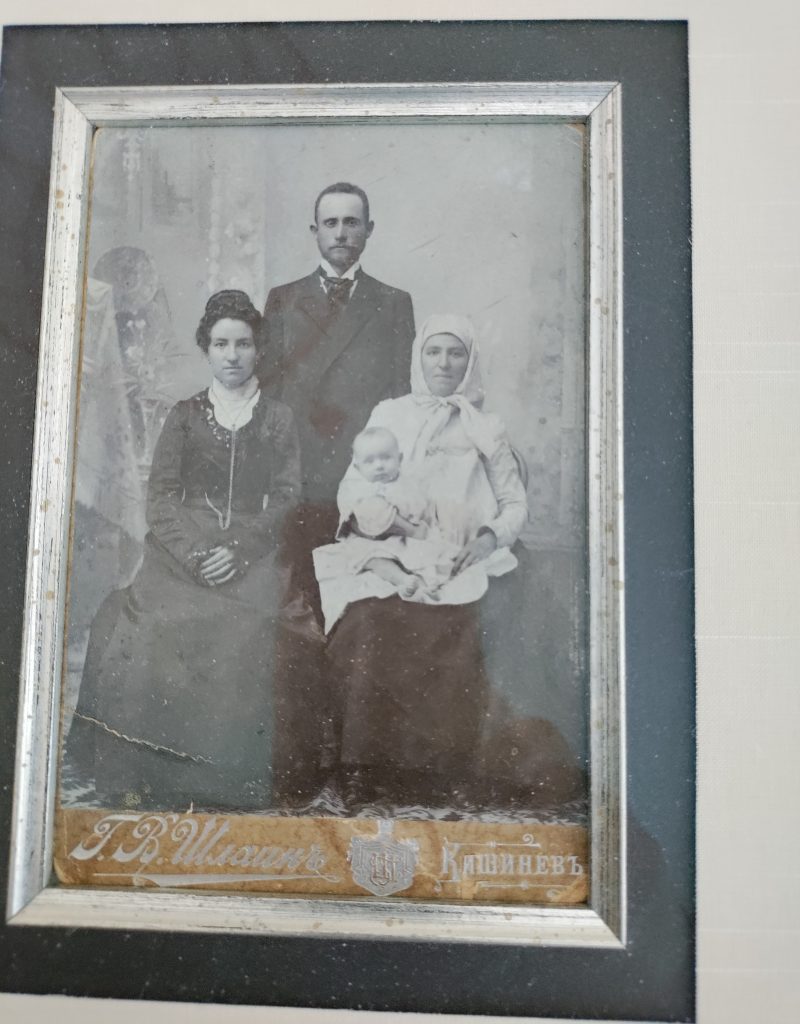
In the portrait, they are dressed in fine clothing, posed with care—defying common assumptions that Eastern European Jewish immigrants were uniformly impoverished peasants. Their story reflects the nuanced reality of Jewish life in Eastern Europe, which encompassed far more than just hardship and persecution.
The Kishinev pogroms have been the subject of extensive research, including the recent book Pogrom, which sheds new light on the tragedy.
While Barbara never had the chance to meet her great-grandmother, she knew her grandparents and Aunt Clara, who quietly carried the weight of their family’s history. Her grandmother, Esther, for example, couldn’t spell her own last name—a reality that became clear when it was omitted from her marriage certificate. Jewish women’s surnames were often unofficial or unrecorded, and when asked, Esther simply said her last name was “Baker.” The family always found this amusing, knowing it wasn’t accurate, but that small detail speaks volumes about the immigrant experience—how easily names, identities, and histories can be lost, altered, or rewritten across generations.
Turning Talent into Survival
Wintress Odom’s maternal great-grandmother and her sisters grew up in a family that had to make the most of difficult circumstances.
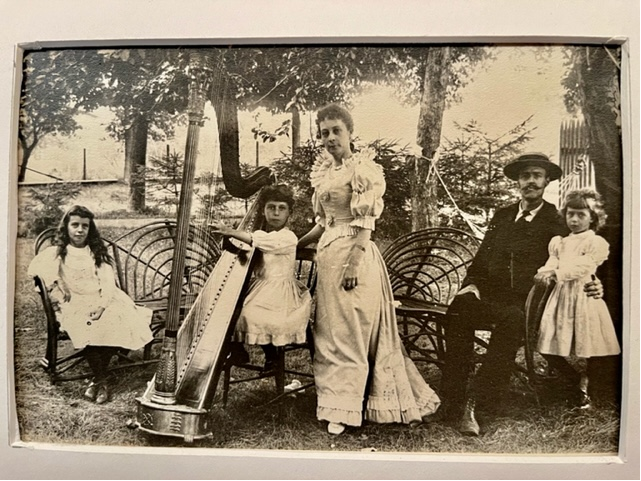
At some point, their mother found herself without a husband and with no real means to support her three daughters.
In a time when opportunities for women were scarce, the sisters turned to performance as a way to make a living.
One played the harp and piano while the other two sisters danced. Through their talents, they entertained audiences and provided for their family, relying on their creativity and determination to get by.
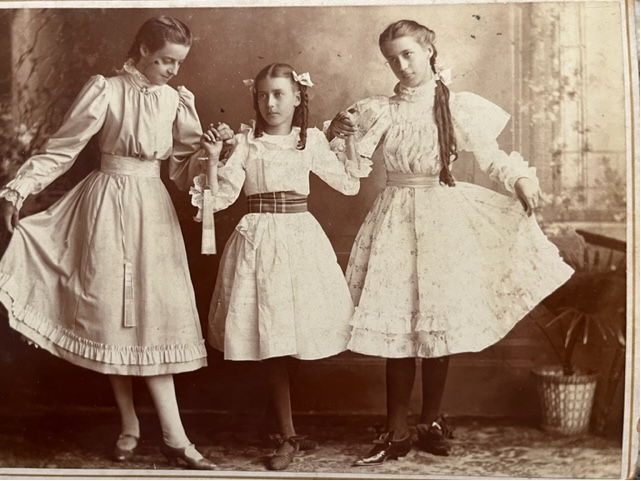
Five Decades of Family Reunions
For over 50 years, Devin Lawrence’s maternal family has upheld a cherished tradition—their annual family gatherings.
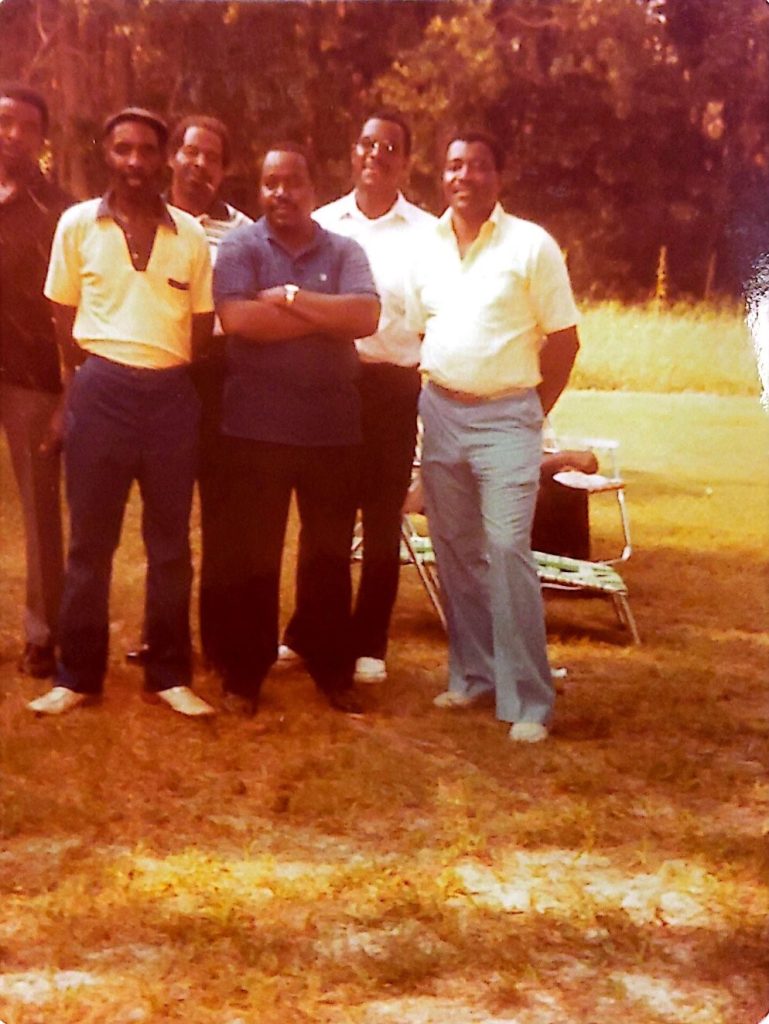
The tradition began in 1968 when Devin’s grandfather and his nine siblings realized that, as life grew busier, they were seeing less of each other. Determined to stay connected, they set aside time each year for a reunion, bringing together their growing families to celebrate their bond.
This photo, taken sometime in the 1970s, captures one of those early gatherings.
Devin’s grandfather, McCoy, stands alongside five of his brothers, a testament to the strong family ties they worked hard to maintain. He is the one in the white shirt and glasses, standing in the back row near the center—a reminder of the commitment to family that continues to this day.
A Legacy of Art, Resilience, and Family Connections
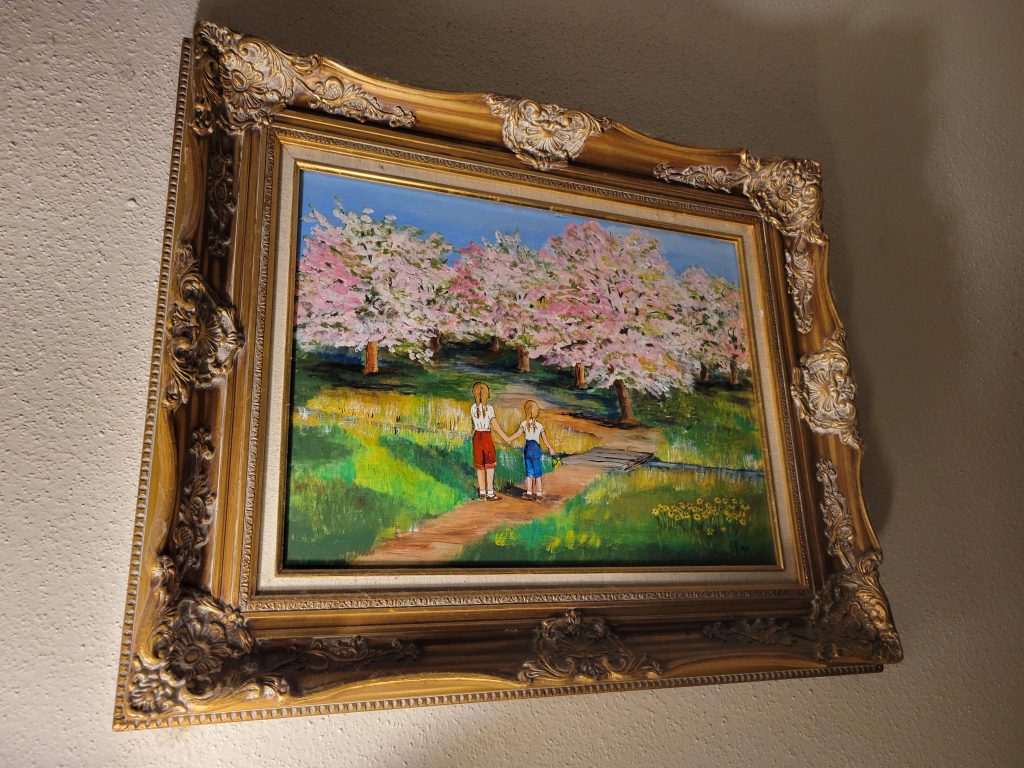
Kathy Rinchiuso’s grandmother was an artist, and her creativity left a lasting mark on the family. Kathy treasures two of her grandmother’s paintings, but one holds a particularly special place in her heart. It hung in her grandparents’ dining room for as long as she could remember, depicting her two older cousins as children.
As a young girl, Kathy would stare at it for hours, weaving magical stories about their adventures. When neither cousin claimed it, she inherited the painting—and years later, she had two daughters of her own, just like the girls in the artwork. Now, it serves as a powerful connection between past and present, blending family history with imagination.
Another treasured piece of Kathy’s family history is a photograph of her great-great-grandfather, Jacob Conrad Kimm.
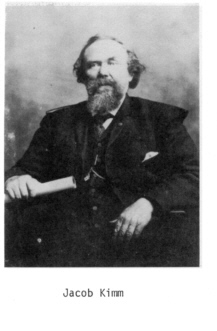
A Civil War veteran, he was shot in the leg while reading his Bible under a tree, leading to an amputation without medication.
Despite this hardship, he became a minister in the Swedenborgian faith, an offshoot of Lutheranism, and mastered five languages. He raised a large family—14 children and 7 stepchildren, all but two of whom lived to adulthood.
Even after a stroke left him unable to read, he continued to write.
His resilience and determination remain an inspiration, a testament to the strength and perseverance woven throughout Kathy’s family history.
Bridging Generations: A Family Legacy Preserved
This photo, taken in January 2024, captures one of Brenda Hazzard’s family homesteads in Hopkins, South Carolina.
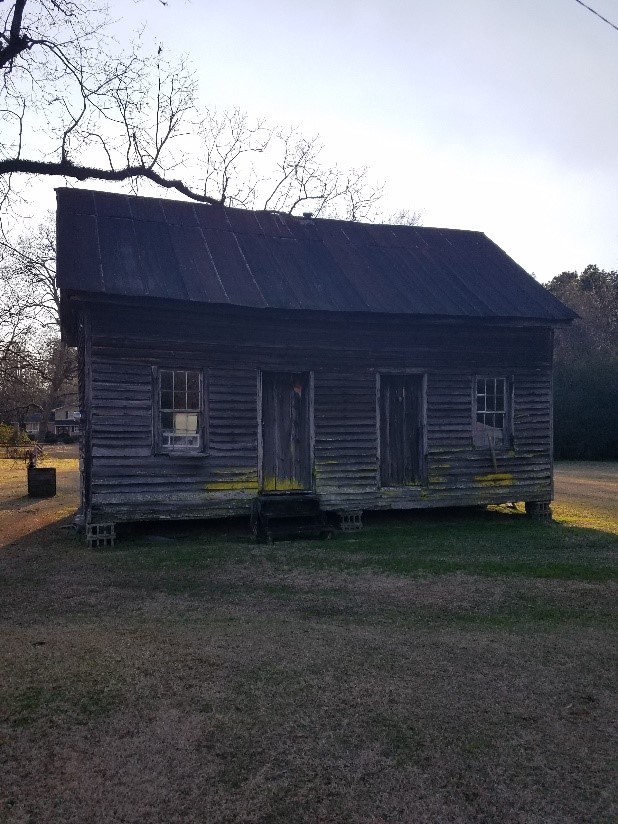
Local history traces the home’s origins to around 1875, making it a significant part of her family’s legacy.
Generations have lived within its walls, and its enduring presence stands as a testament to resilience and heritage.
Today, the homestead sits beside the modern home of one of Brenda’s mother’s cousins, symbolizing the connection between past and present.
Brenda holds fond memories of visiting Hopkins as a young girl, spending time with her extended family—cousins, aunts, and uncles.
This photo serves as a powerful reminder of those cherished moments and the deep roots her family has in the area.
A Family Name with a History
According to a 1929 letter from Adelia Ritchie’s great-grandfather’s nephew, Alva Lawrence Ritchie, the family name originated from the Richelieus, who arrived in Rosehearty, Scotland, around 1630. In an effort to conceal their identity, they quickly anglicized their name to “Ritchie.”
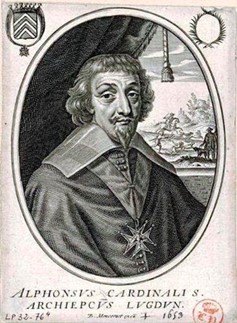
This period coincided with the “Day of the Dupes,” when Cardinal Richelieu’s enemies mistakenly believed they had ousted him from power.
During a missionary trip to Aberdeen, Alva visited Rosehearty and discovered that nearly half the village bore the Ritchie name. The mayor of the town welcomed him and introduced him to a councilman, who possessed historical records indicating that the Richelieus built their homestead there shortly after their arrival.
Intrigued by this discovery, Adelia delved into historical research. She learned that, while Cardinal Richelieu never traveled to Scotland, neither of his two brothers—Alphonse, a cardinal, and Henri, a monk—settled there either.
There was no evidence of direct migration from the Richelieu family, leaving the mystery of who the Richelieus who became Ritchies truly were.
Although the origins remain unresolved, one thing is clear—family traits, particularly the distinctive Ritchie nose, suggest a legacy that has endured through the centuries.
From Royalty to Resilience
As a professional genealogist, I am, of course, fascinated by my own family history and would be remiss if I didn’t also share my story in this blog…
My second great-grandmother was born into the Prussian royal family in the late 1800s. In her early twenties, she met and fell in love with a soldier. Because he was a commoner—and not Catholic—her family forbade her from marrying him, warning that if she did, she would be excommunicated from the church and disowned.
Despite the consequences, she chose to follow her heart and marry him anyway. Life in the German Empire was difficult, and her family made things even harder for the newlyweds. So, shortly after the birth of their third child, my great-great-grandparents decided to immigrate to the United States in search of a better life. They first settled in Pennsylvania, where they had two more children, including my great-grandmother, Else. Later, they moved west to Colorado, becoming homesteaders in the Rocky Mountains. Eventually, the family purchased land in Paonia, Colorado, and started an orchard, which our family still operates today.
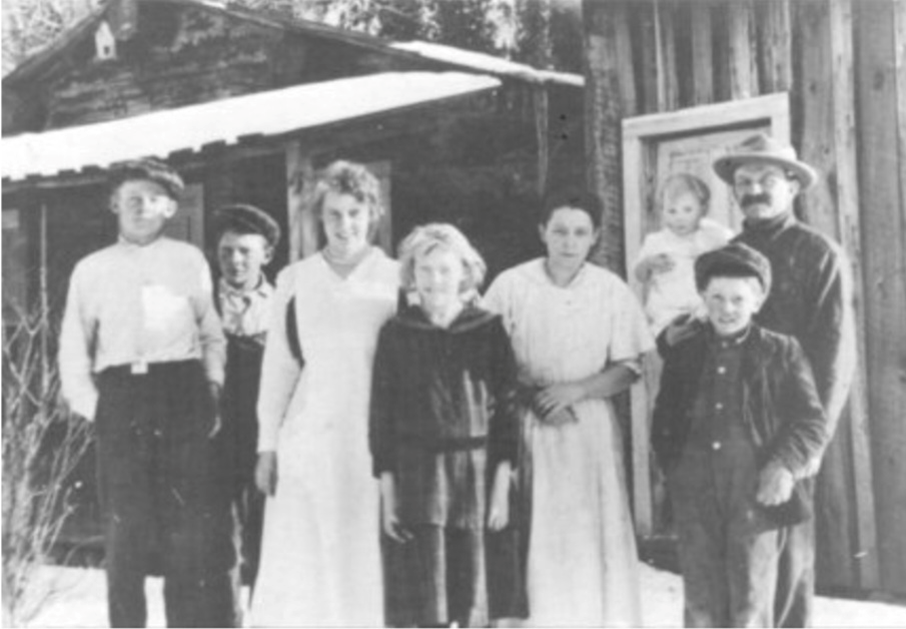
I find my second great-grandmother’s strength truly inspiring.
She was born into privilege and raised in a home where she never had to cook or clean, as servants handled those tasks. Yet she refused to let the circumstances of her birth dictate her life.
She not only learned to manage a household but also cared for six children while building a new life and working the land in a foreign country.





